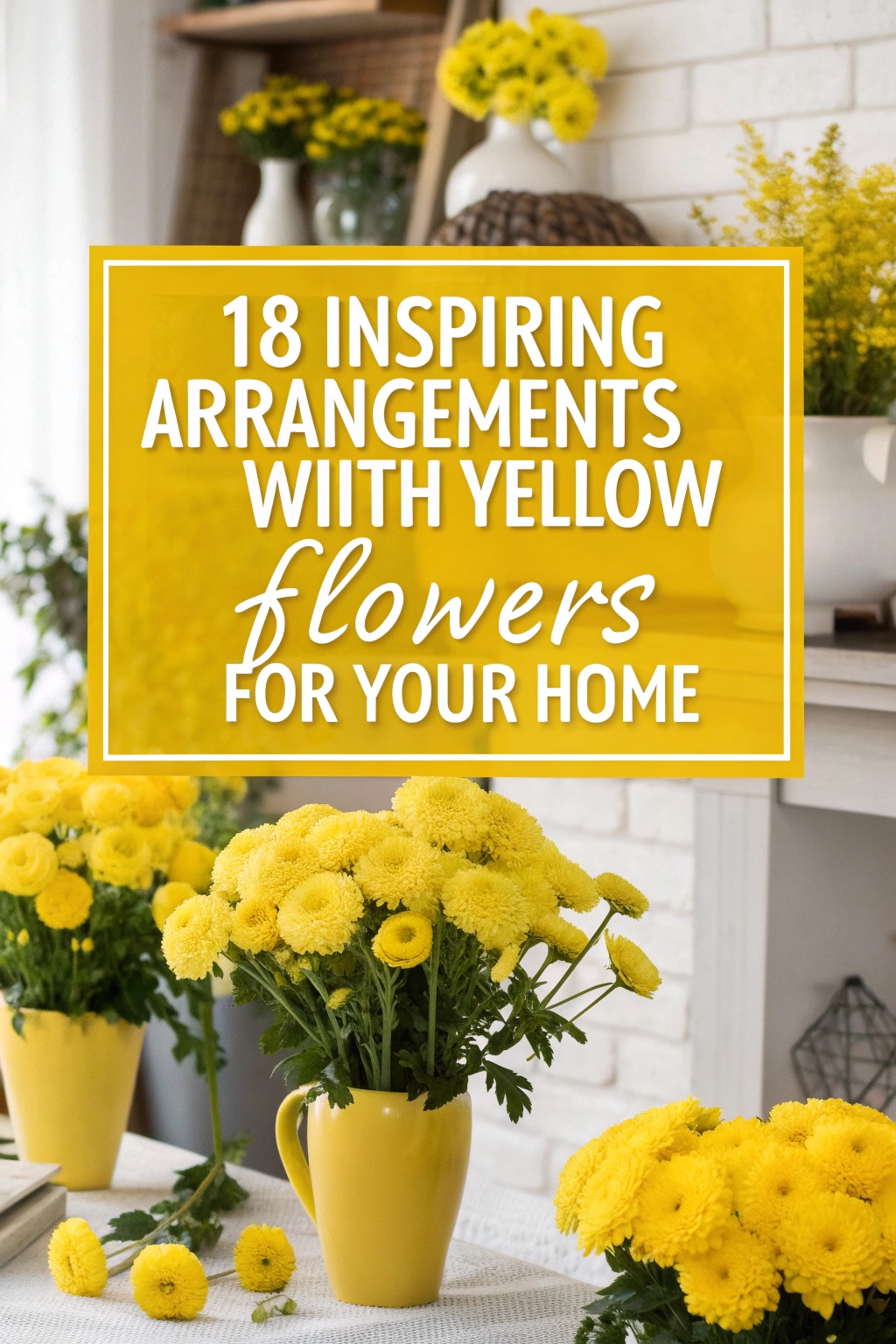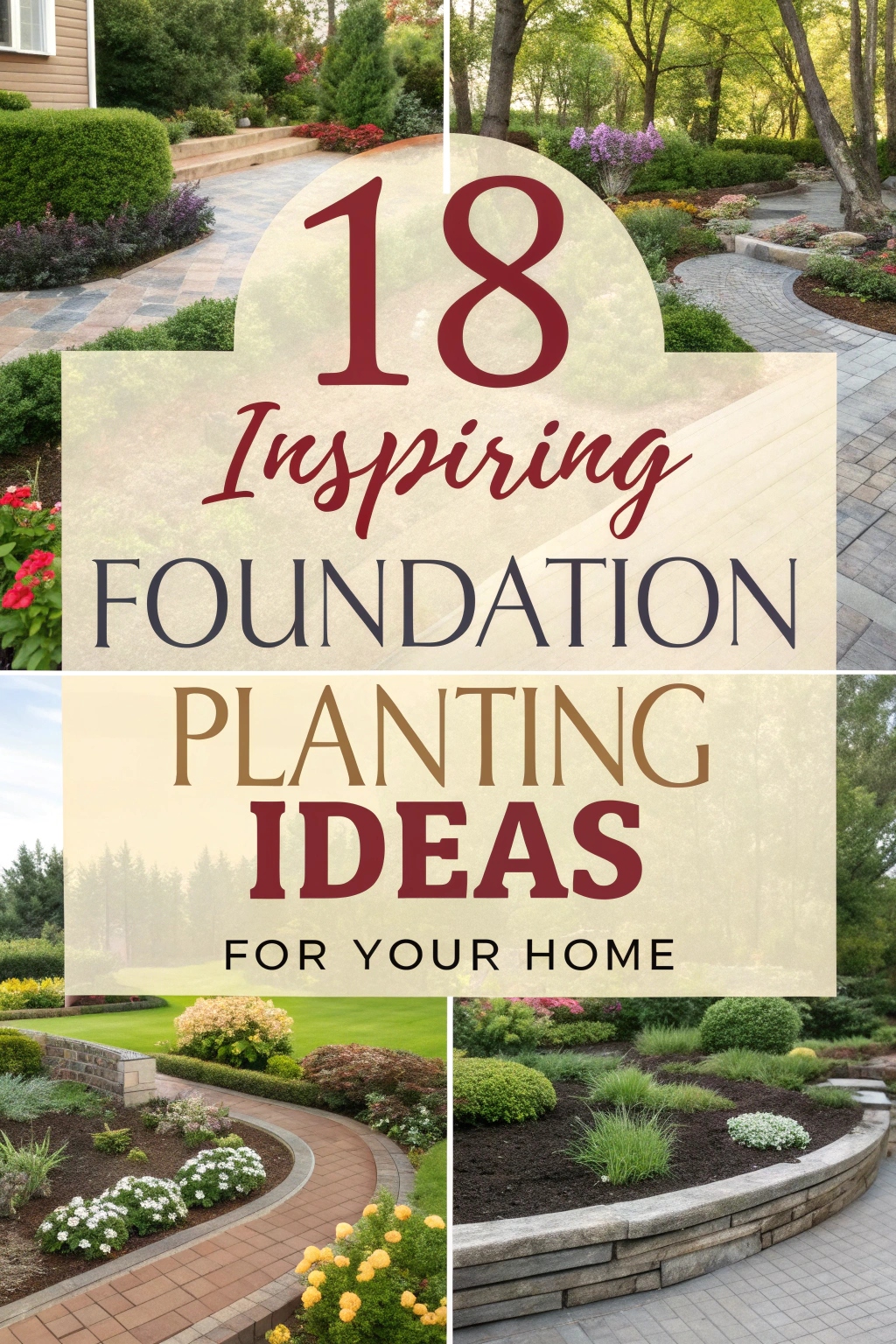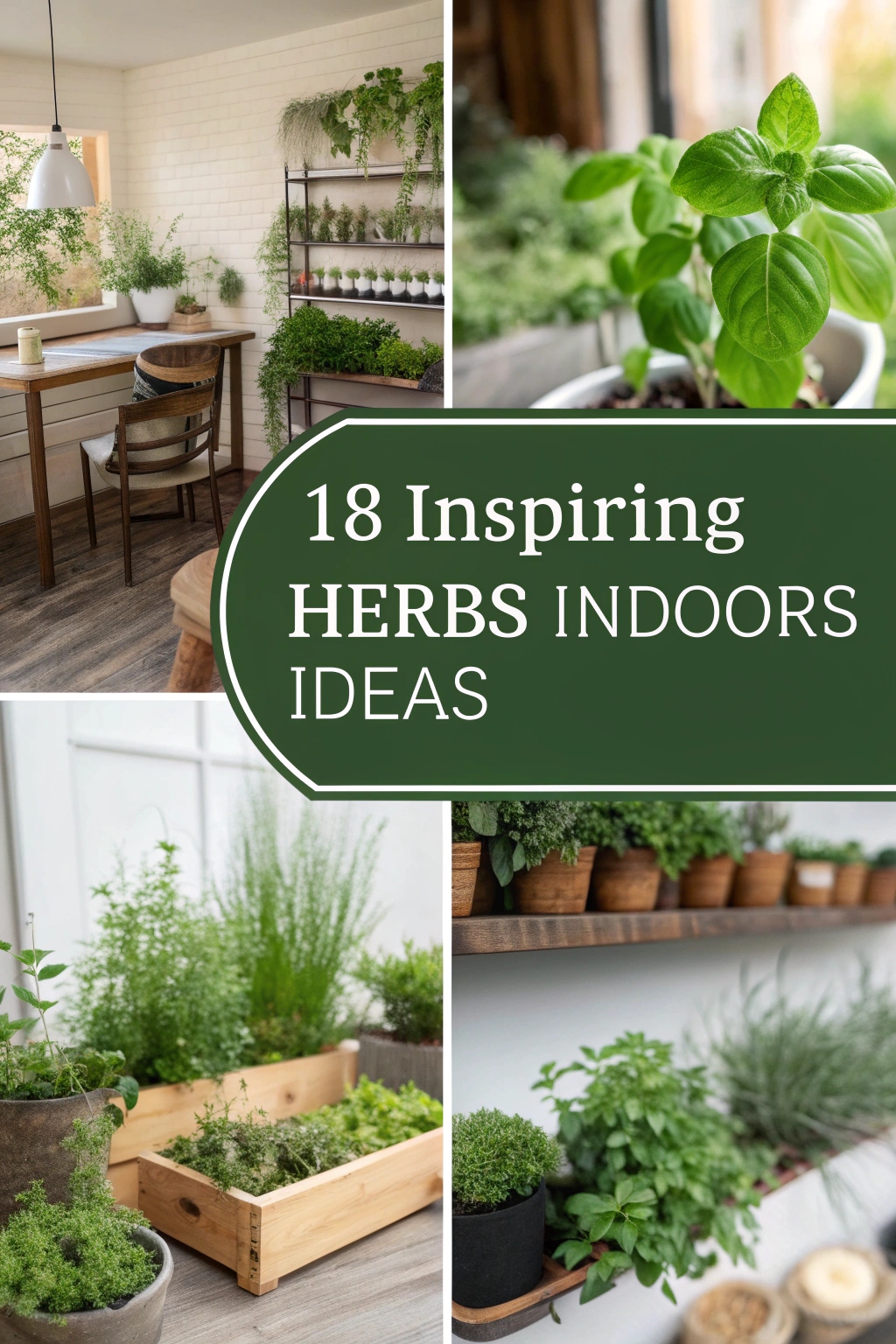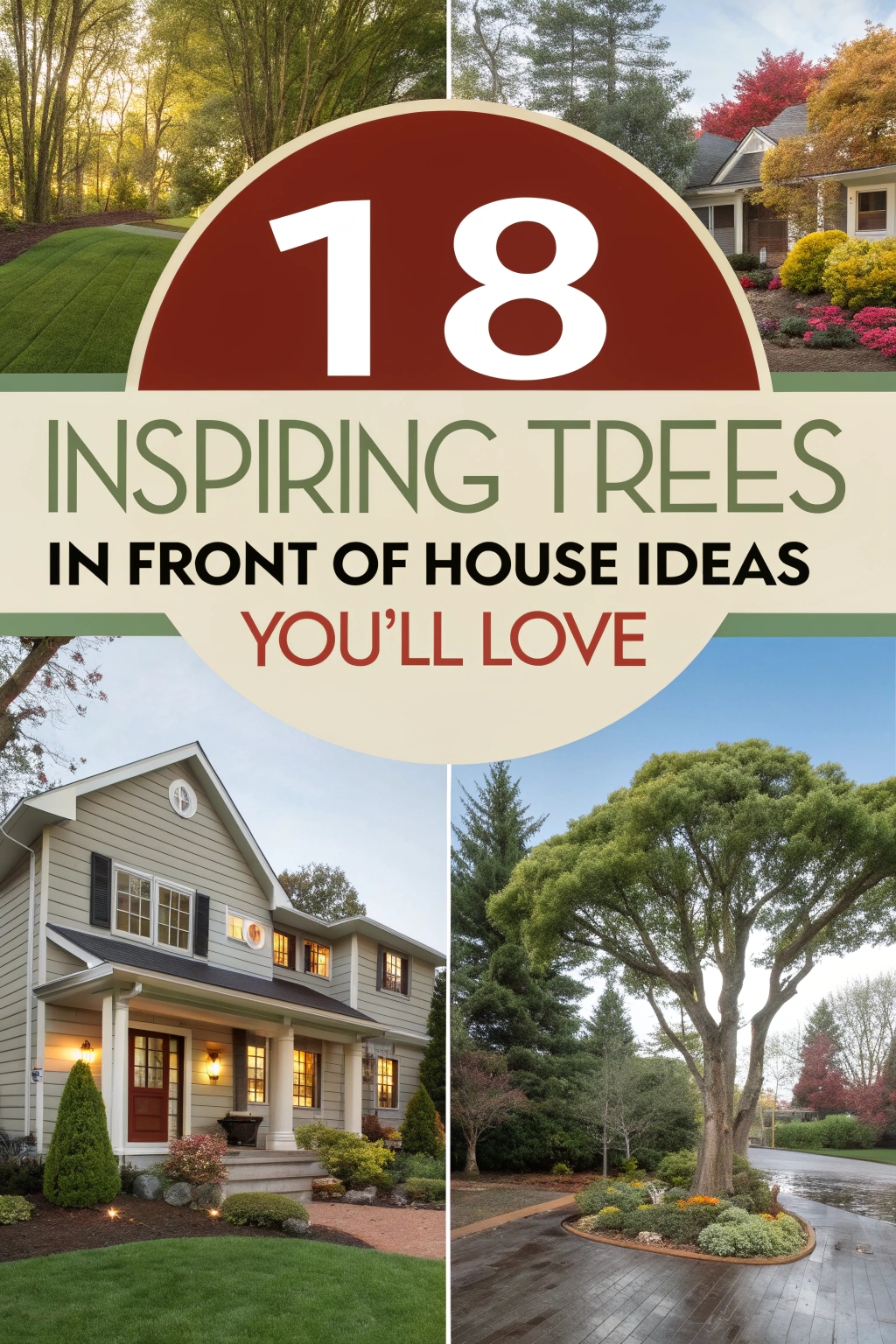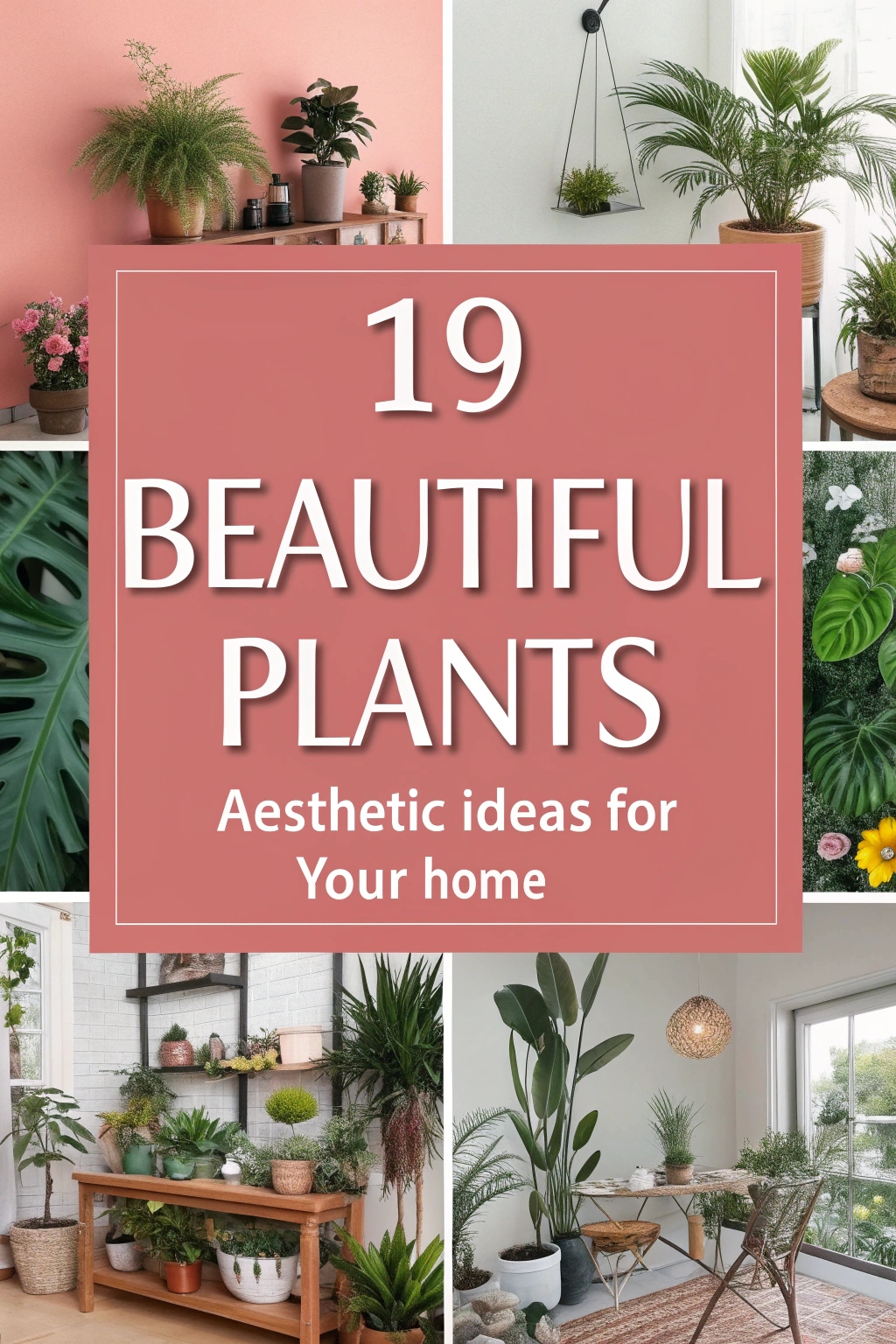17 Horticulture Aesthetic Ideas to Refresh Your Space
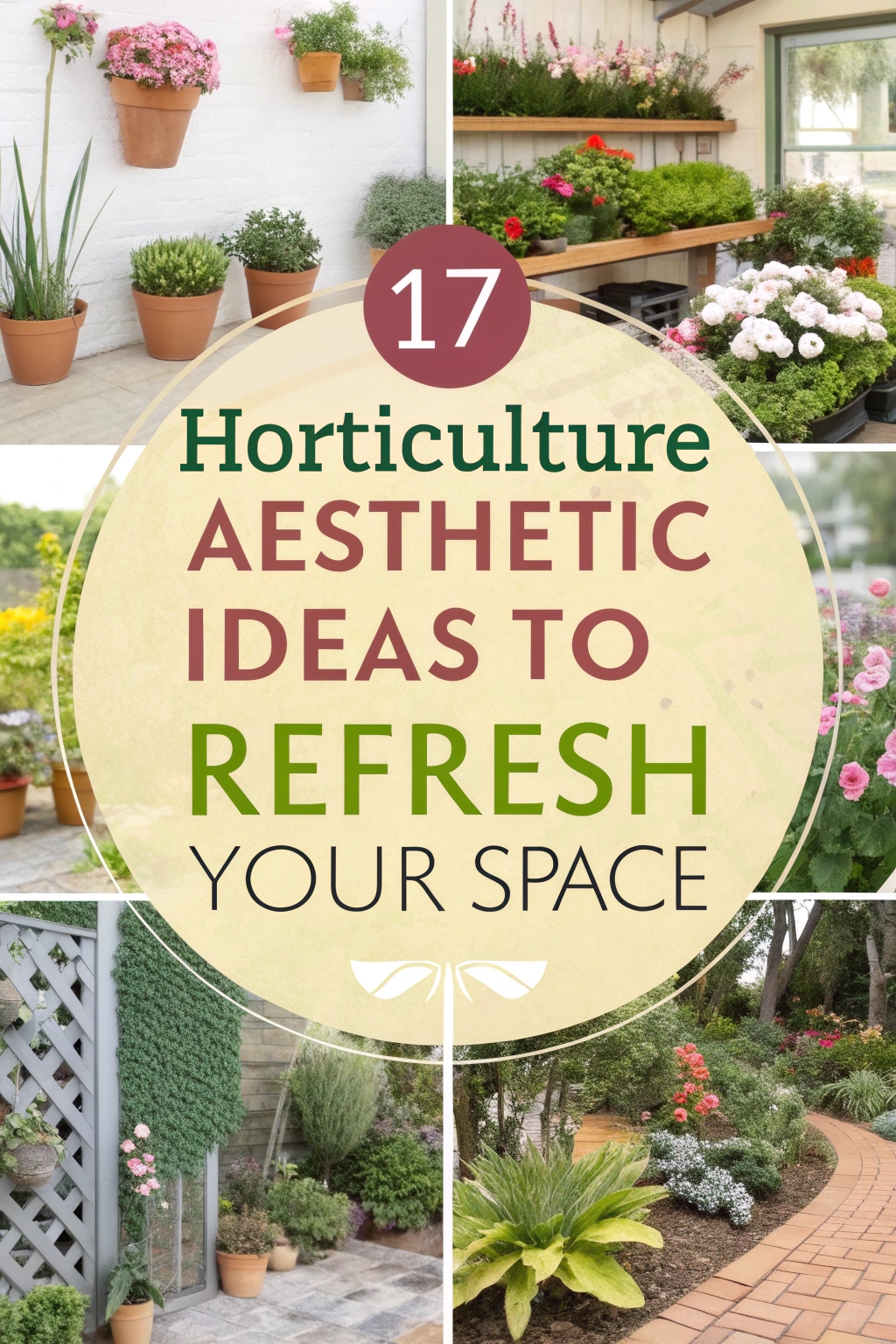
If you’re looking to breathe life into your space, horticulture aesthetics could be your answer. Imagine lush greenery transforming dull corners and inviting textures enhancing your décor. From low-maintenance indoor plants to stunning vertical gardens, the possibilities inspire creativity in any setting. Whether you’re an experienced gardener or just starting, this journey of botanical beauty holds endless rewards. Ready to explore the vibrant ideas that await?
Choose Low-Maintenance Indoor Plants
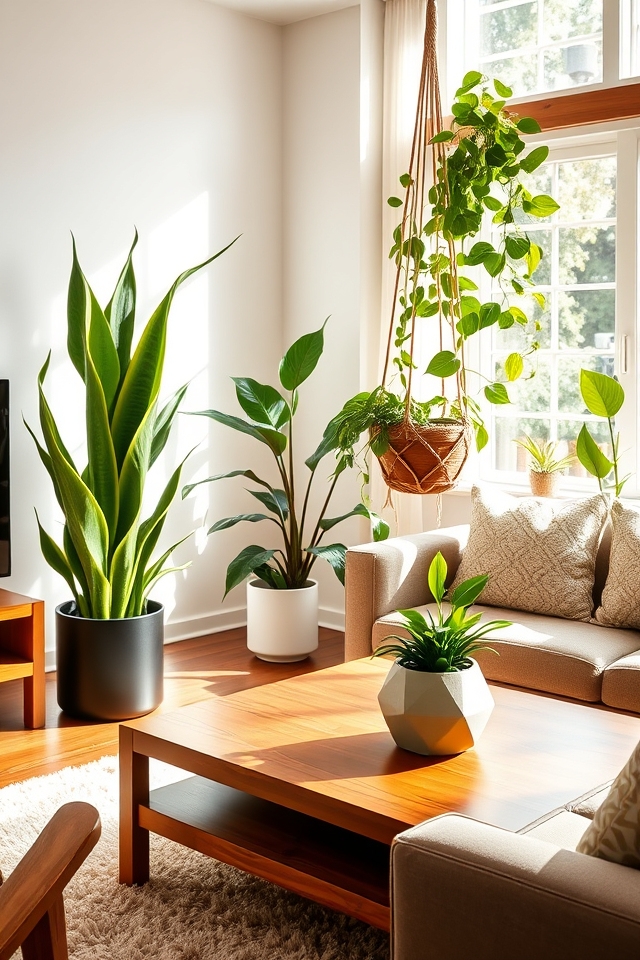
When selecting low-maintenance indoor plants, consider options such as snake plants, pothos, and ZZ plants. These hardy species thrive in various lighting conditions and require minimal watering, making them perfect for busy lifestyles. Their lush foliage not only enhances your home’s aesthetic but also improves air quality. Opt for stylish pots to complement your decor, and enjoy the beauty of nature indoors without the hassle of extensive care.
Create a Vertical Garden
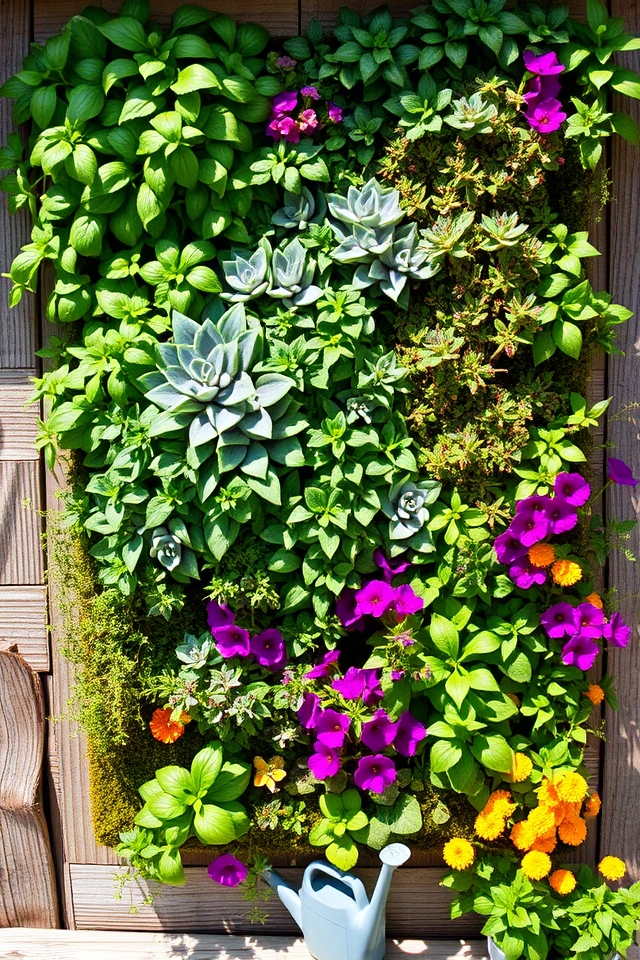
Creating a vertical garden is an innovative way to maximize space while adding greenery to your environment. Utilize wall-mounted planters, trellises, or pocket systems to cultivate herbs, succulents, and flowering plants. Choose a variety of textures and colors to enhance the aesthetic appeal. Vertical gardens not only beautify your space but also improve air quality, making them an excellent choice for both indoor and outdoor settings. Consider your light conditions and plant selections for an ideal setup.
Incorporate Hanging Planters

Incorporating hanging planters into your horticultural space can transform any area into a lush, vibrant oasis. These suspended garden features not only save floor space but also add visual interest by drawing the eye upward. Choose a combination of trailing and upright plants for a dynamic display. Whether suspended from a ceiling, wall brackets, or tree branches, hanging planters allow you to experiment with textures and colors, making your garden both functional and aesthetically pleasing.
Use Terrariums as Centerpieces
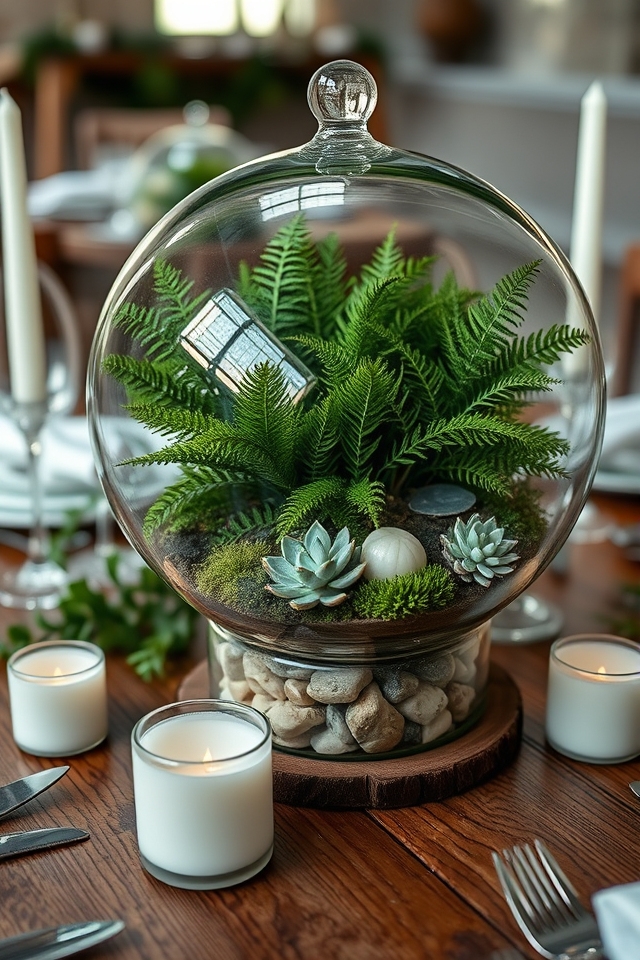
Terrariums make exquisite centerpieces that bring a touch of nature indoors while adding visual interest to any table setting. These miniature indoor gardens encapsulate vibrant plants, mosses, and decorative elements within clear glass containers, creating an enchanting focal point. Their versatility allows for various themes—be it tropical, desert, or fairy garden—making them suitable for any occasion. Terrariums are low-maintenance and can be customized to reflect personal style, ensuring they ignite conversation and admiration.
Style With Succulent Arrangements
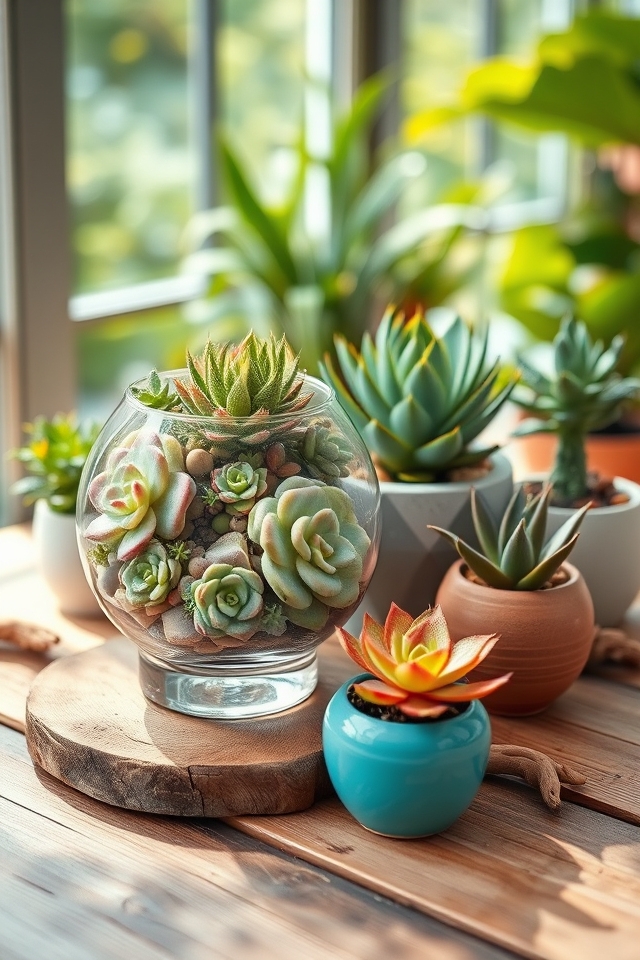
Succulent arrangements offer a unique blend of style and low maintenance, making them perfect for various aesthetics. These hardy plants come in an array of shapes, sizes, and colors, allowing for endless creative combinations. Consider grouping succulents in terrariums, geometric planters, or hanging displays to enhance their sculptural qualities. Pairing them with natural elements like rocks or driftwood can create an organic feel, while colorful pots can add a vibrant touch. Perfect for both modern and bohemian decor, succulent arrangements bring life and charm to any space.
Frame Your Windows With Potted Greens
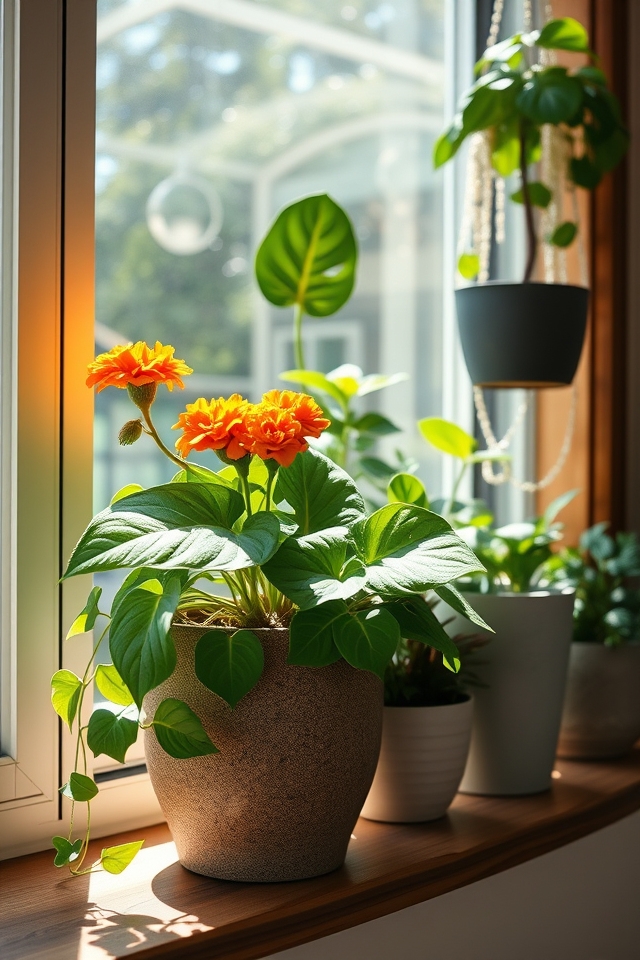
Frame your windows with potted greens to bring a touch of nature indoors and enhance your home’s aesthetic appeal. By placing a variety of plants in attractive containers, you can create vibrant displays that change with the seasons. Consider using trailing vines, flowering plants, or even small trees to add depth and interest. This not only brightens your living space but also improves air quality, creating a more inviting atmosphere. Elevate your view and enjoy the beauty of greenery right at your fingertips!
Design a Herb Garden in the Kitchen
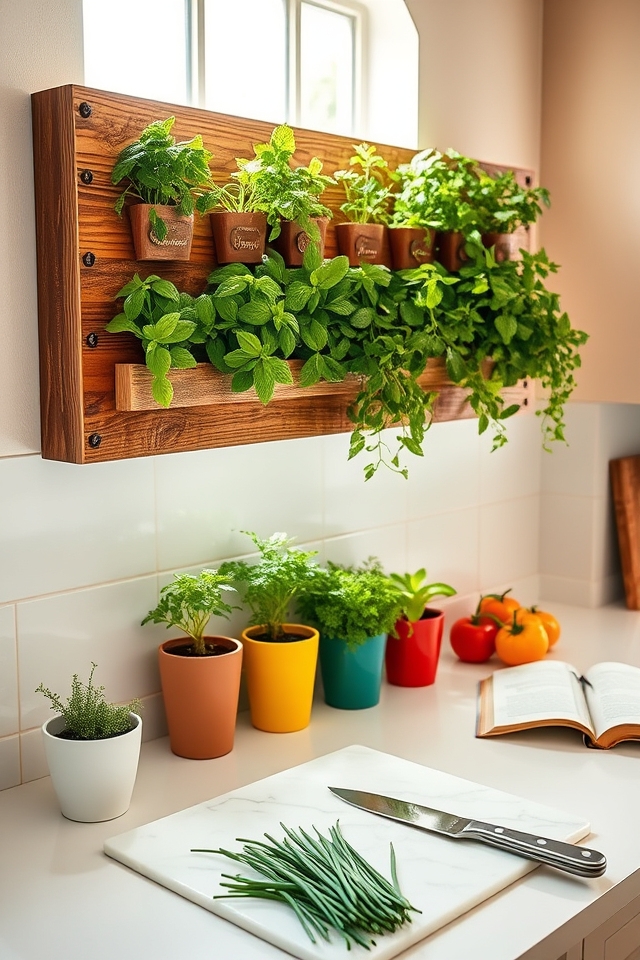
Designing a herb garden in the kitchen not only enhances your cooking experience but also adds a touch of greenery to your space. Consider using wall-mounted planters or tiered racks to save counter space while showcasing an array of fresh herbs like basil, parsley, and thyme. Make certain they receive adequate sunlight, and incorporate decorative pots that match your kitchen’s aesthetic. This garden will not only provide fresh ingredients but also create a soothing atmosphere and inspire culinary creativity.
Utilize Vintage Planters for Character
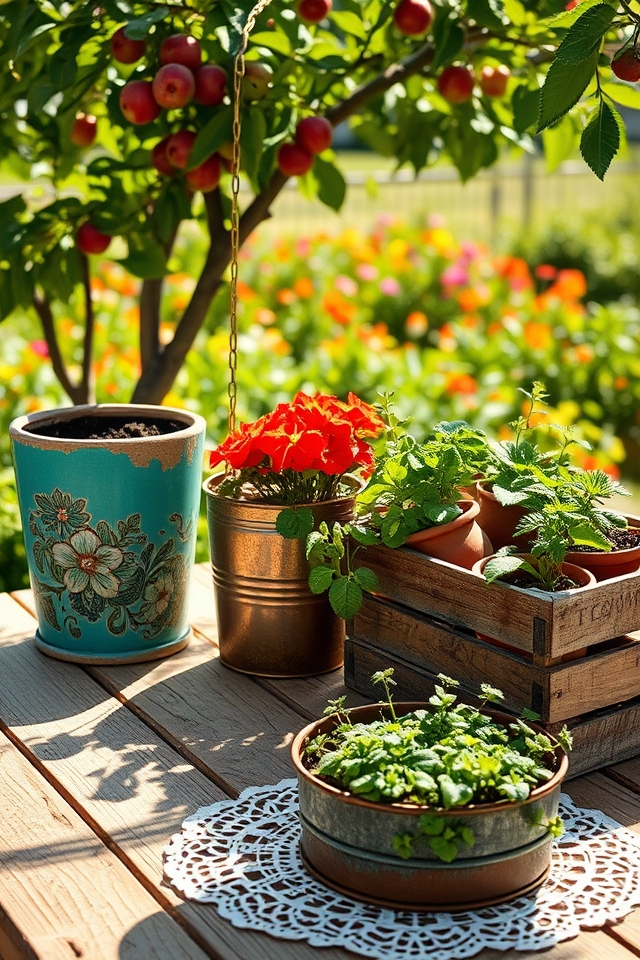
Incorporating vintage planters into your horticultural space adds a unique charm and character. These rustic pieces, often made from materials like ceramic, metal, or wood, serve as perfect vessels for your favorite plants. Not only do they evoke nostalgia, but they also provide a beautiful contrast to contemporary landscaping or indoor decor. By mixing and matching various styles and colors, you can create an eclectic yet cohesive garden display that reflects your personal taste.
Experiment With Plant Shelves
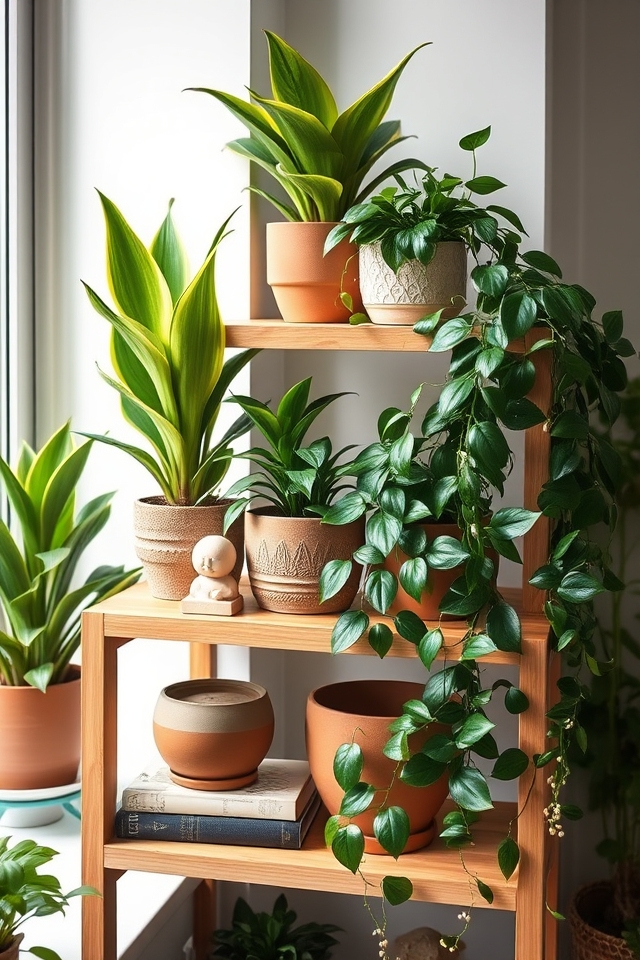
Experimenting with plant shelves can elevate your horticultural aesthetic considerably. Choose shelves in varying heights and materials to create visual interest and depth in your displays. Mix and match pots with different colors, textures, and sizes, while incorporating trailing plants to create a cascading effect. Arrange plants based on light requirements, ensuring each receives adequate exposure. Adding decorative items like books or art pieces between plants can enhance the shelf’s overall appeal, turning it into a stunning focal point.
Incorporate Biophilic Design Elements
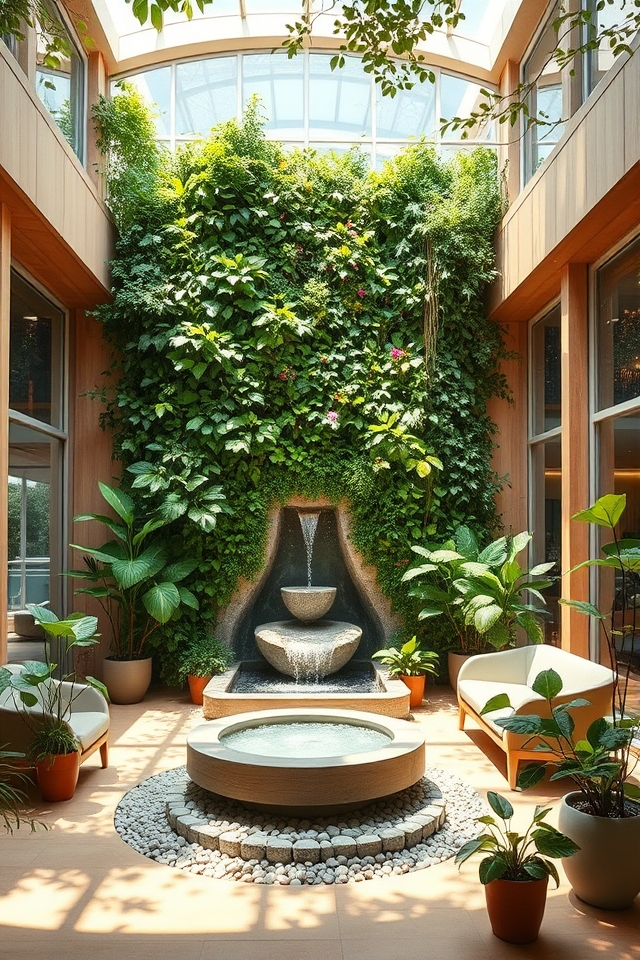
Incorporating biophilic design elements into horticulture creates a harmonious connection between nature and the built environment. This can be achieved through the use of natural materials, abundant greenery, and water features that evoke a sense of tranquility. By integrating plants into architectural spaces, such as living walls or indoor gardens, we enhance aesthetic appeal and promote well-being. Emphasizing natural light and organic shapes further reinforces the bond between humans and their natural surroundings, fostering a serene and inspiring atmosphere.
Arrange a Floral Wall Display
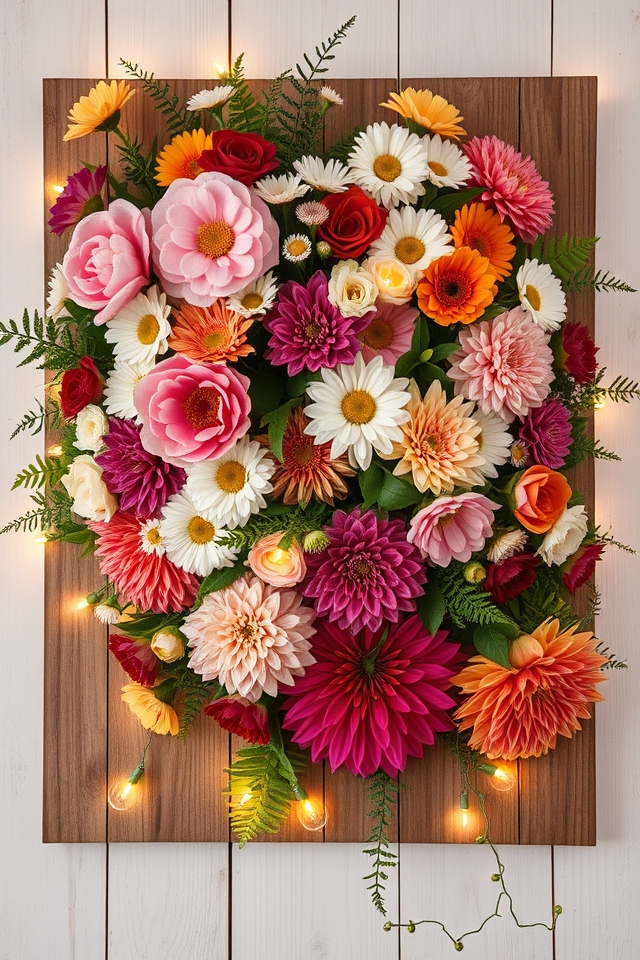
Creating a floral wall display can transform any space into a vibrant focal point. Start by selecting a variety of flowers in complementary colors and textures to guarantee visual interest. Arrange them artfully on a trellis or wooden board, securing the stems with floral tape or wire. Incorporate greenery for contrast and depth. To enhance the aesthetic, you can add fairy lights for a magical touch, making your floral wall not only a feast for the eyes but also a unique decorative feature.
Mix Textures With Foliage
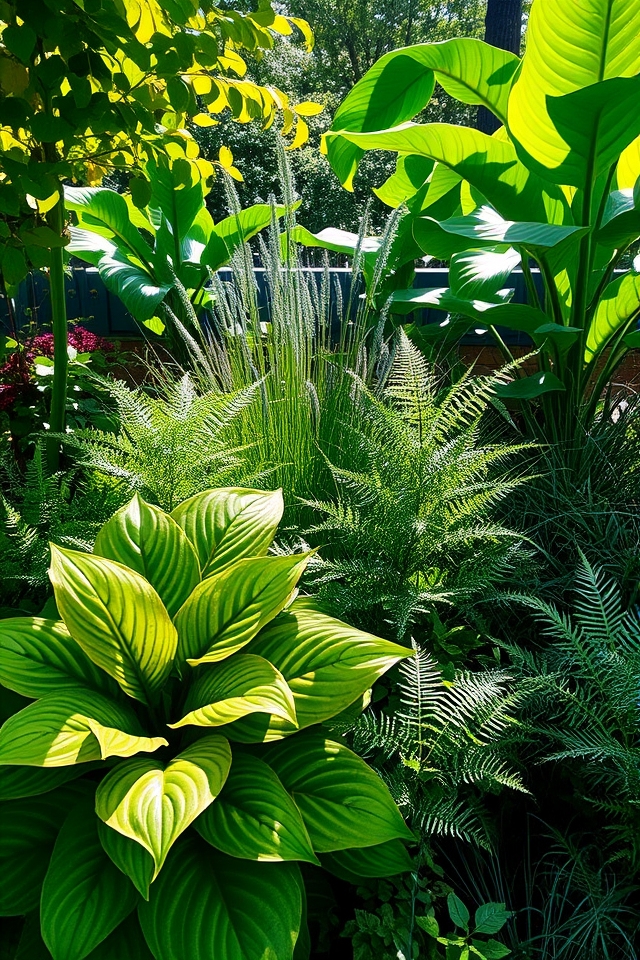
Mixing textures with foliage is a delightful way to enhance the visual interest in your garden. By combining plants with various leaf shapes, sizes, and colors, you create a dynamic landscape that captures the eye. Consider pairing coarse leaves, like those of hostas or rhubarb, with delicate ferns or finely-cut grasses. The interplay of different textures adds depth, inviting exploration and appreciation of nature’s diversity. Incorporating diverse foliage can elevate any horticultural design.
Add a Water Feature
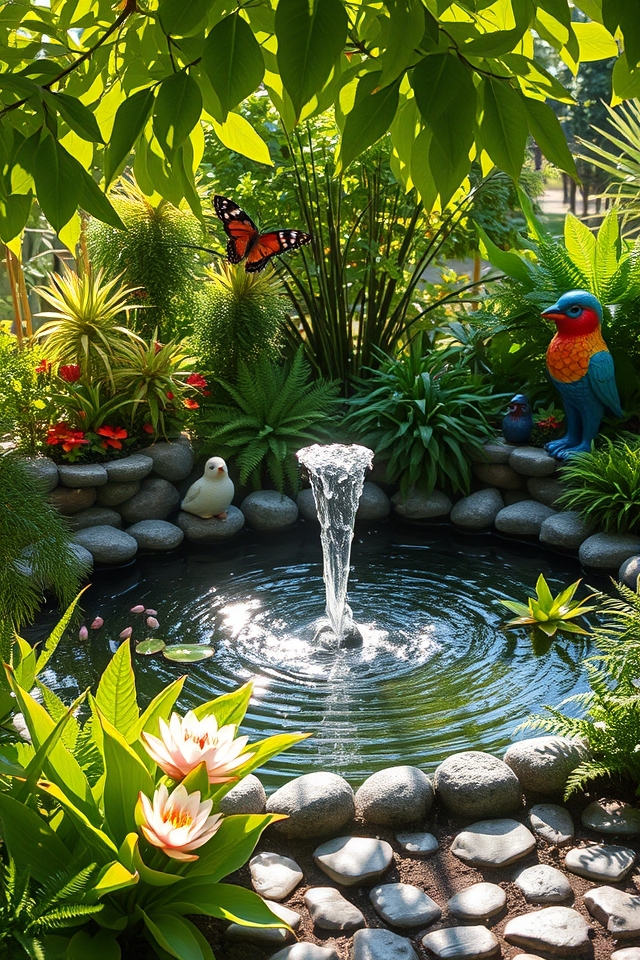
Adding a water feature to your horticultural space can create a tranquil focal point that enhances the overall aesthetic. Whether it’s a small fountain, a pond, or a bubbling brook, the sound of flowing water brings a soothing ambiance to your garden. Water features can also attract wildlife, such as birds and butterflies, enriching the ecosystem. With strategic placement and complementary plants, a water feature can transform your garden into a serene oasis, inviting relaxation and contemplation.
Use Botanical Prints on Fabrics

Botanical prints on fabrics bring the vibrant beauty of nature into your home decor. These prints can range from delicate floral patterns to bold leaf designs, adding a touch of elegance to any space. Use them for curtains, upholstery, or throw pillows to create an inviting atmosphere. Mixing various botanical prints can also add depth and interest, making your interior a lively, nature-inspired oasis. Embrace the charm of horticulture with these stunning fabric choices.
Create a Seasonal Plant Rotation
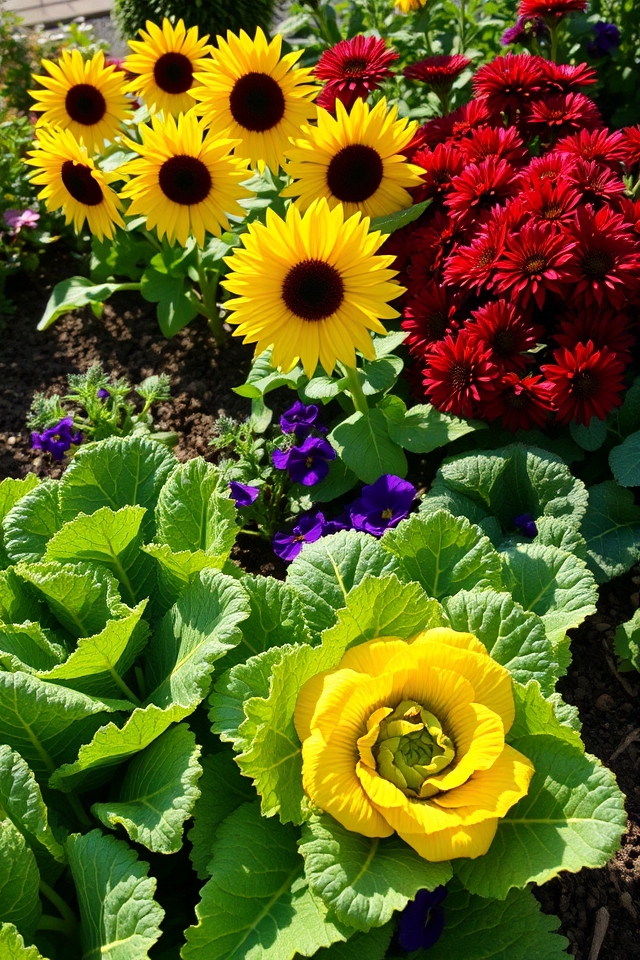
Creating a seasonal plant rotation involves strategically selecting and planting different crops or flowers throughout the year to optimize growth and maintain soil health. By incorporating a variety of plants, you can enhance biodiversity, reduce pests, and make the most of your garden space. Consider grouping plants by their seasonal requirements—cool-season vegetables like kale in spring, followed by summer blooms like sunflowers, and autumn favorites such as chrysanthemums. This not only beautifies your garden but also guarantees a dynamic and productive landscape year-round.
Explore Outdoor Planters and Patios
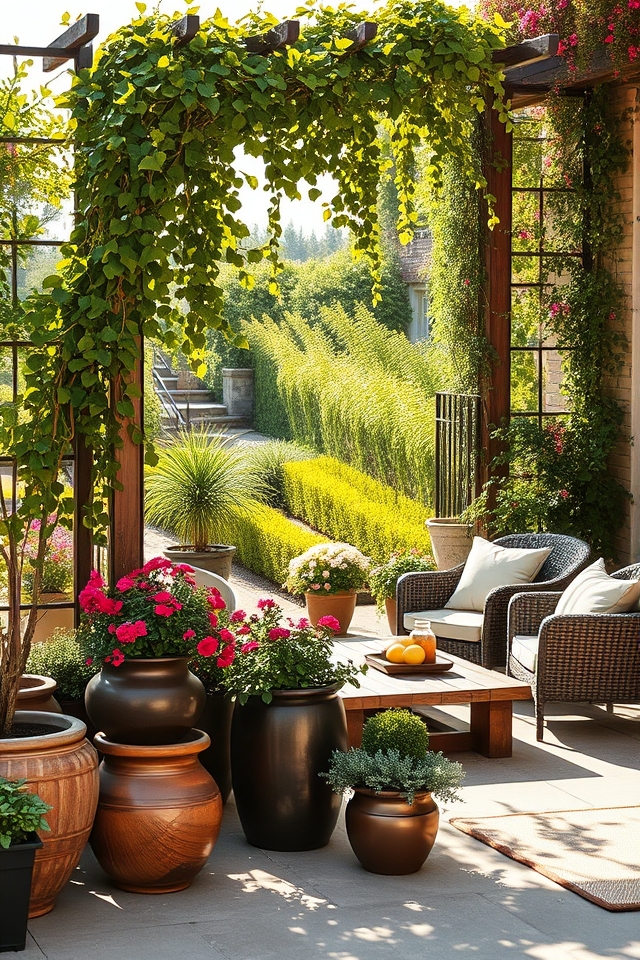
Outdoor planters and patios can transform any garden or outdoor space into a serene retreat. Incorporating a variety of planters—such as wooden, ceramic, or metal—allows for diverse plant arrangements that enhance visual interest. Consider using climbing plants or flowering vines to create vertical accents. Patios can be complemented with comfortable seating and natural stone or wooden decking, providing an inviting atmosphere for relaxation and gatherings amidst beautiful greenery.
Integrate Natural Light With Plant Placement
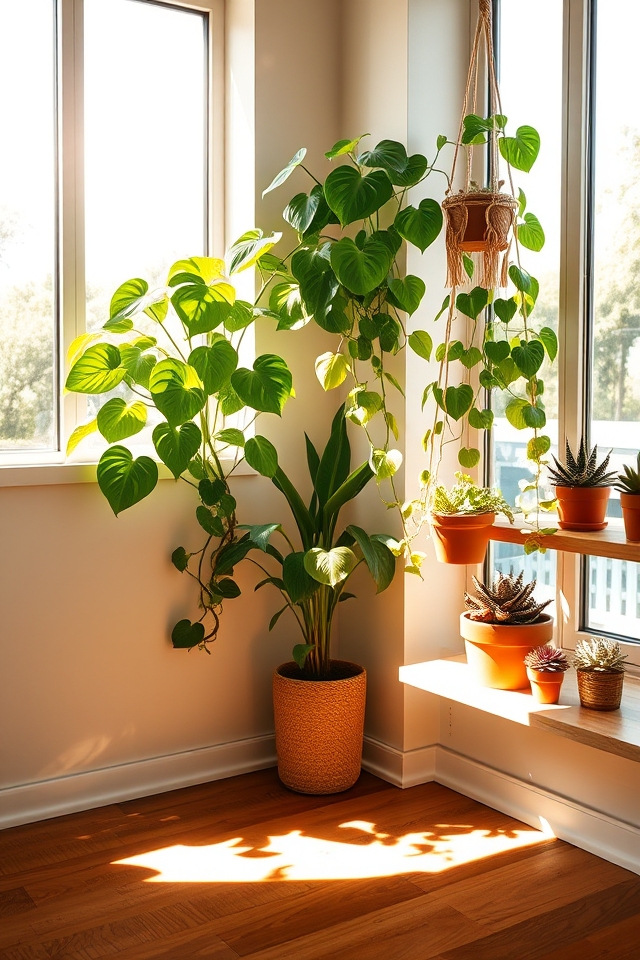
Integrating natural light with plant placement is crucial for creating a vibrant and healthy indoor garden. Positioning plants near windows or in areas that receive ample sunlight not only enhances their growth but also illuminates your space. Consider utilizing shelves or hanging planters to maximize light exposure while adding visual interest. Additionally, rotating plants periodically guarantees even light distribution, promoting lush foliage and creating a dynamic aesthetic that harmonizes with your home’s decor.
